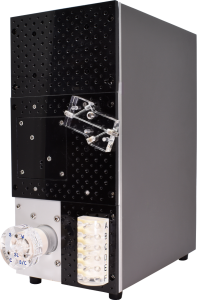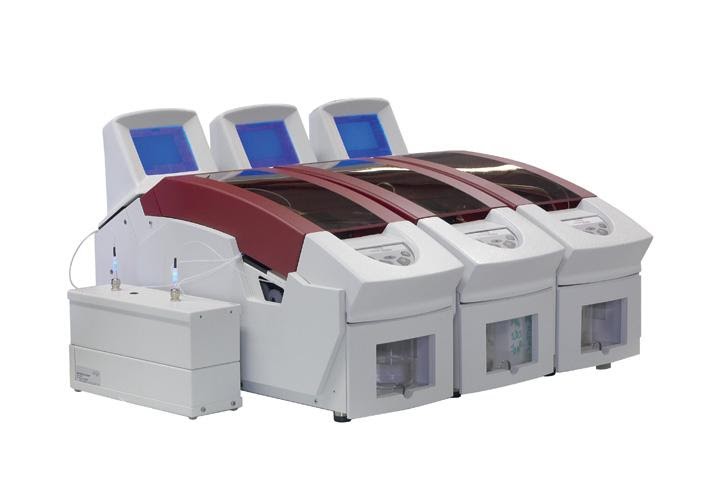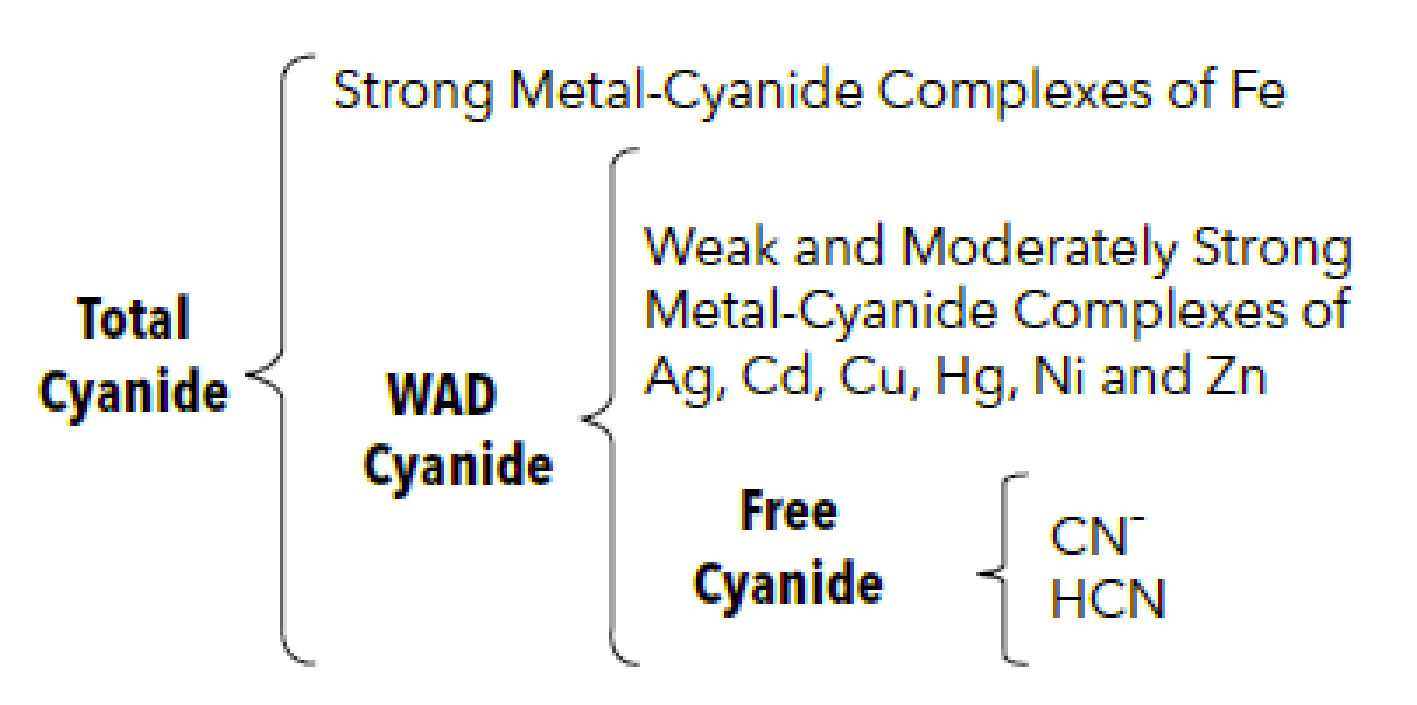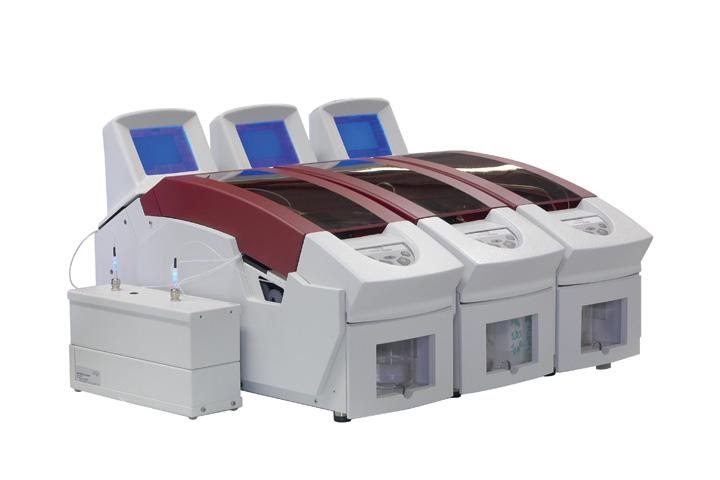Quantum Technologies Global is one of the leading solution providers in water and environmental analysis, serving different purposes ranging from R&D, Processes to Quality Control. We offer wide range of testing systems and technologies to various industries. Today we offers to our valued partners various range of portable, advanced and integrated solutions, enabling them to meet the stringent testing requirement in water & environmental analysis.
Analytes/Parameters covered in our testing solutions
- Alkalinity
- Ammonia
- Bacteria
- BOD (Biochemical Oxygen Demand)
- Chlorine
- COD (Chemical Oxygen Demand)
- Conductivity/Total Dissolved Solids (TDS)
- Cyanide
- Dissolved Oxygen
- Hardness
- Nitrate / Nitrite
- Nitrogen
- pH and ORP
- Phosphorous
- Total Kjeldahl Nitrogen (TKN)
- Turbidity / Total Suspended Solids

Flow Injection Analyzer

FUTURA 3 Multi-Console System

Rapid Test Kits

Portable Meter
Free Cyanide (CNF)
Only hydrogen cyanide and the cyanide ion in solution can be classed as “free” cyanide. The proportions of HCN and CN– in solution are according to their equilibrium equation; this is influenced by the solution pH. Methods used to detect free cyanide should not alter the stability of weaker cyanide complexes, as they may otherwise be included in the free cyanide result. Methods used to detect free cyanide should be clear of interferences due to the presence of high concentrations of more stable cyanide complexes or other cyanide forms. If not, the interference must be quantified and allowed for in the result.
Weak Acid Dissociable Cyanide (CNWAD)
Unlike the definition of “free cyanide” which identifies the specific cyanide species being measured, WAD cyanide refers to those cyanide species measured by specific analytical techniques. WAD cyanide includes those cyanide species liberated at moderate pH of 4.5 such as HCN(aq) and CN–, the majority of Cu, Cd, Ni, Zn, Ag complexes and others with similar low dissociation constants. Methods used to measure WAD should be free from interferences due to the presence of high concentrations of more stable cyanide complexes or other cyanide forms. If not, the interference must be quantified and allowed for in the result.
Total Cyanide (CNT)
This measurement of cyanide includes all free cyanide, all dissociable cyanide complexes and all strong metal cyanide including ferro-cyanide Fe(CN)6-4, ferri-cyanide Fe(CN)6-3, and portions of hexacyano cobaltate Co(CN)6-3 and those of gold and platinum. Only the related or derived compounds cyanate (CNO–) and thiocyanate (SCN–) are excluded from the definition of total cyanide. Methods used to determine total cyanide must be shown to be capable of quantitatively determining all stable complexes of cyanide, including the cobalt cyanide complex. If methods determine other analytes as well (e.g. include SCN–), those analytes need to be determined separately and allowed for in the total result.

Mapping of Cyanide Family

FUTURA 3 Multi-Console System
What is the difference between phenol, phenols and phenolics? These terms have often caused confusion in environmental analysis. A phenol (or hydroxybenzene) is a single organic compound. “Phenols” refers to the class of aromatic compounds having a hydroxyl (-OH) group, as well as other substituent groups, on a six-carbon benzene ring or prior to the introduction of the list of priority pollutants in the late 1970’s, to the colorimetric analyses of phenols. “Phenolics” is the title used for the USEPA SW-846 Methods 9065 and 9066 for the colorimetric measurement of numerous known and unknown substances with one or more hydroxyl groups attached to a benzene ring. The organic compound, phenol, is the chemical used to calibrate the colorimetric test for the classes of compounds known as phenols or phenolics.
EPA’s list of priority pollutants includes a number of phenols measured in the acid fraction of the base/neutral/acid (BNA) analysis (or the semivolatile organic compounds analysis) using EPA Methods 525, 625, 1625, and 8270.
Note that phenol is included in the list of the priority pollutants.
Each of the priority pollutant phenols, including phenol itself and the para-substituted phenols, can be found, identified, and quantified by several gas chromatographic/mass spectrometric EPA methods such as 525, 625, 1625, and 8270. The colorimetric analytical procedures entitled phenols or phenolics measure many compounds and provide a quantitative result for phenols or phenolics as a class. However, no specific compound can be identified or quantified using the colorimetric method. Consequently, if a sample is analyzed by one of the colorimetric methods, no specific phenolic compound, including phenol itself can be stated to be present in the sample and is reported by this laboratory as “total recoverable phenols”.
Phenols may occur in domestic and industrial wastewaters, natural waters and potable water supplies. Chlorination of these waters may produce odorous and objectionable-tasting chlorophenols. Decaying vegetation and, in particular, wood produces numerous phenols because the benzene with the hydroxyl group is in a major portion of a woody substance called lignin. Lignin is removed from paper pulp made from trees and degrades to form numerous substances including phenols. These phenols include humic and fulvic acids, large molecules of organic matter that are soluble in water, as well as aromatic substances with several hydroxyl groups on the benzene ring. These phenolic compounds can and do form groundwater plumes emanating from swamps and wetlands, and the plumes can contain a variety of phenols. Again, a positive result from colorimetric analysis can only tell you that the hydroxy benzene structure is present. It cannot tell you what specific compounds are present.

FUTURA 3 Multi-Console System
These phenols include:
Phenols
2,4-dimethylphenol
phenol
p-cresol (4-methylphenol)
2,6-dichlorophenol
2,3,4,6-tetrachlorophenol
2-chlorophenol
2-nitrophenol
2,4-dichlorophenol
4-chloro-3-methylphenol
2,3,6-trichlorophenol
2,4-dinitrophenol
4-nitrophenol
2-methyl-4,6-dinitrophenol
pentachlorophenol
o-cresol (2-methylphenol)
2,4,5-trichlorophenol
2,4,6-trichlorophenol
The most common application for Flow Injection Analysis (FIA) in environmental laboratories is the analysis of water for inorganic compounds. These compounds include cyanide, ammonia, nitrate and more. We understand that environmental labs are subject to a plethora of EPA/APHA/SM/ISO guidelines and standard operating procedures to guarantee accurate results. To satisfy these requirements we have incorporated international standards, upgraded our software to a modern platform and developed ways to easily transfer results to your laboratory information management system. Bottom line, we make it easy for you to incorporate our instruments into your operations.
Advantage of FIA:
- Low detection limits
- EPA/APHA/SM/ISO standard and regulation compliance
- Multi-channel analysis with one single sampling
- Fast calibration time and testing throughput
- Low reagent usage and waste generation
- Automation and auto dilution capability
- Consistent and reproducible results
- Suitable for various sample matrix (drinking water, seawater, brackish water, ground water, waste water, etc.)
Common methods:
- Cyanide
- Phenol
- Nitrate and Nitrite
- Ammonia
- TKN
- Phosphate
- and more

Flow injection analysis

